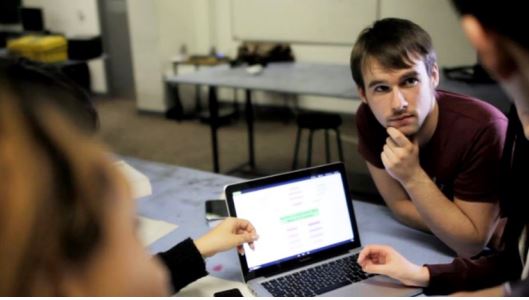A key theme in education today is that of encouraging learners to construct meaning by reflecting on their past behaviour, experiences or inclinations, and then using the generalisations they form to facilitate their cognitive development. The means by which reflection is achieved varies, although the employment of questionnaires is a recurrent feature.

This article looks at one such tool that has been created by the authors for use with Sixth Formers. The task of completing the questionnaire is intended to be positioned within a essentially the knowledge, skills and understanding required by an individual if they are to recognise a need for information, search or sound material successfully and put it to use in an effective and ethical fashion. Seen in this context, the questionnaire provides a method of enabling students to learn more about their particular predispositions in relation to their tendency to trust material they find on the World Wide Web. In an era when the importance of evaluating information has never been greater, such self-awareness can form a useful starting point before the educator seeks to instruct the youngsters in more specific matters with regard to the assessment of material.
From Research Project to Practical Tool
In a 2010 project funded by the Joint Information Systems Committee (JISC), Pickard, Gannon- Leary and Coventry investigated “how users place their trust in digital information resources in the web environment” (p. 4).1 The team explored, through research, the credibility judgements made by people and grouped these according to three categories, pertaining respectively to:
- the individual’s cognitive state;
- internal cues relating to the material itself;
- external factors associated with the source but not intrinsically part of it.
The authors postulate that the first and third sets of criteria “influence a user’s decision as to whether or not to conduct an internal assessment of information” (p. i).2
Shenton and Pickard have recently turned their attention to how the various trust factors that came to light in the JISC project may be used in the creation of tools to aid information literacy teaching. They have, for example, constructed a model and accompanying proforma that draw on what was learnt in the study with respect to internal cues and one of the external factors. The article presenting these tools appeared in a 2012 edition of Creative Teaching and Learning.3 In this new piece, the authors concentrate on the individual’s cognitive state